1,570 days, 2,407 entries ...
Newsticker, link list, time machine: HOLO.mg/stream logs emerging trajectories in art, science, technology, and culture––every day
June 2021
“It’s over. Medialab-Prado closed its doors for the last time. Gone are the efforts to make this space a welcoming and lively place and a lot of wonderful and incredible projects for the city proposed by its inhabitants. It remains an empty space without a project.”
An NFT of Tim Berners-Lee’s 1989 source code of the world wide web sells for $5.4 million USD in a Sothebys auction—a price at parity with Nyan cat, but a fraction of Beeple’s Everydays. The NFT includes a video the Web’s creator describes as “what the source code would look like if it was stuck on the wall and signed by me.” The buyer also receives a time-stamped archive of the 10,000 lines of code and a letter from Lee, the transaction underscoring how the internet remains a conflation of culture and commerce.
Taking a meta view of information commons throughout history for the Atlantic, law professor Jonathan Zittrain argues that internet link rot is really a problem. Tracking the jump from libraries to Google and across storage materials of varying durability (papyrus, paper, floppy disk, hard drive), he describes how broken links and bygone websites represents a “comprehensive breakdown in the chain of custody for facts” that limits our ability to cite in legal and academic contexts, and everyday life. Drawing on Berkman Klein Center initatives and the legacy of Project Xanadu and Internet Archive, Zittrain diagnoses how seemingly benign elements of our information diet (the Amazon Kindle, the lack of canonical TikTok URLs) may be symptoms of a more troubling condition.
Benjamin Bratton
The Revenge of the Real
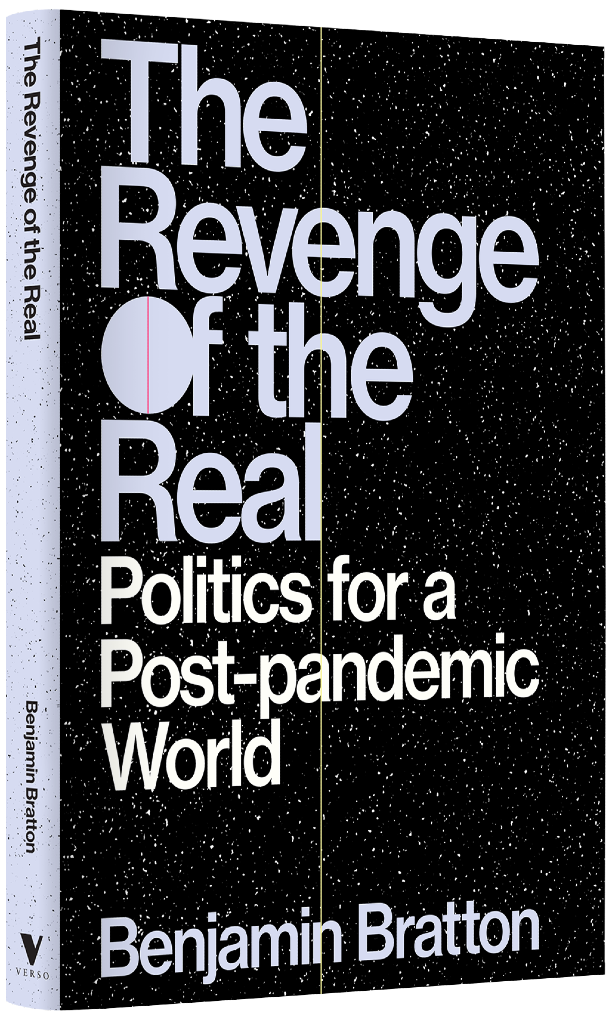
A hat tip to the star-studded browser space of Olia Lialina’s net art classic Some Universe (2002), the 11th edition of Eastern Bloc’s Sight + Sound Festival opens with the online exhibition “Some Universe—Internet Spaces in a Postdigital World.” Featuring 13 VR, video, and net art pieces by AAA, Banz & Bowinkel, Ronnie Clarke, Mara Eagle, Jiwon Ham, Jakyung Lee (image: Exodus, 2020), and others, curators Erandy Vergara and Tina Sauerländer explore how the pandemic shift online has changed our sense of space.
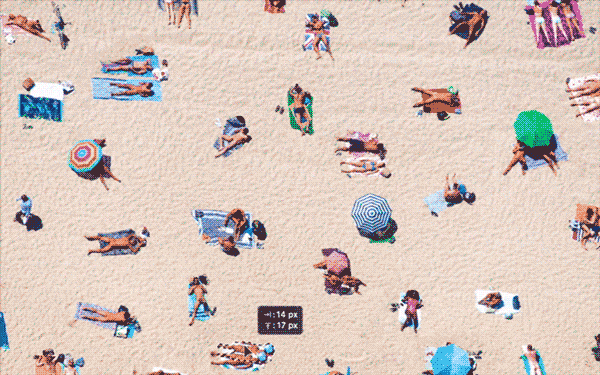
“Corporate support for art and technology practice in the U.S. has traced the tumultuous peaks and troughs of capital. These investments, however, usually entail a quid pro quo; whether at incubators or museums, the product is rarely divorced from the brand.”
Named after William Gibson’s 1977 short story, “Fragments of a Hologram Rose” opens on the curated NFT marketplace Feral File. Inspired by the dark flower fiction, curating artist Rick Silva asked ten peers including Lawrence Lek, Peter Burr, Rosa Menkman, Sabrina Ratté, and Sara Ludy (image: Plants are everywhere you can’t see them) “to create their own sci-fi plants.” Similar to Gibson, “these artists cultivate their fictions into existence,” writes Silva, “like botanists from a parallel future or an unknown world.”
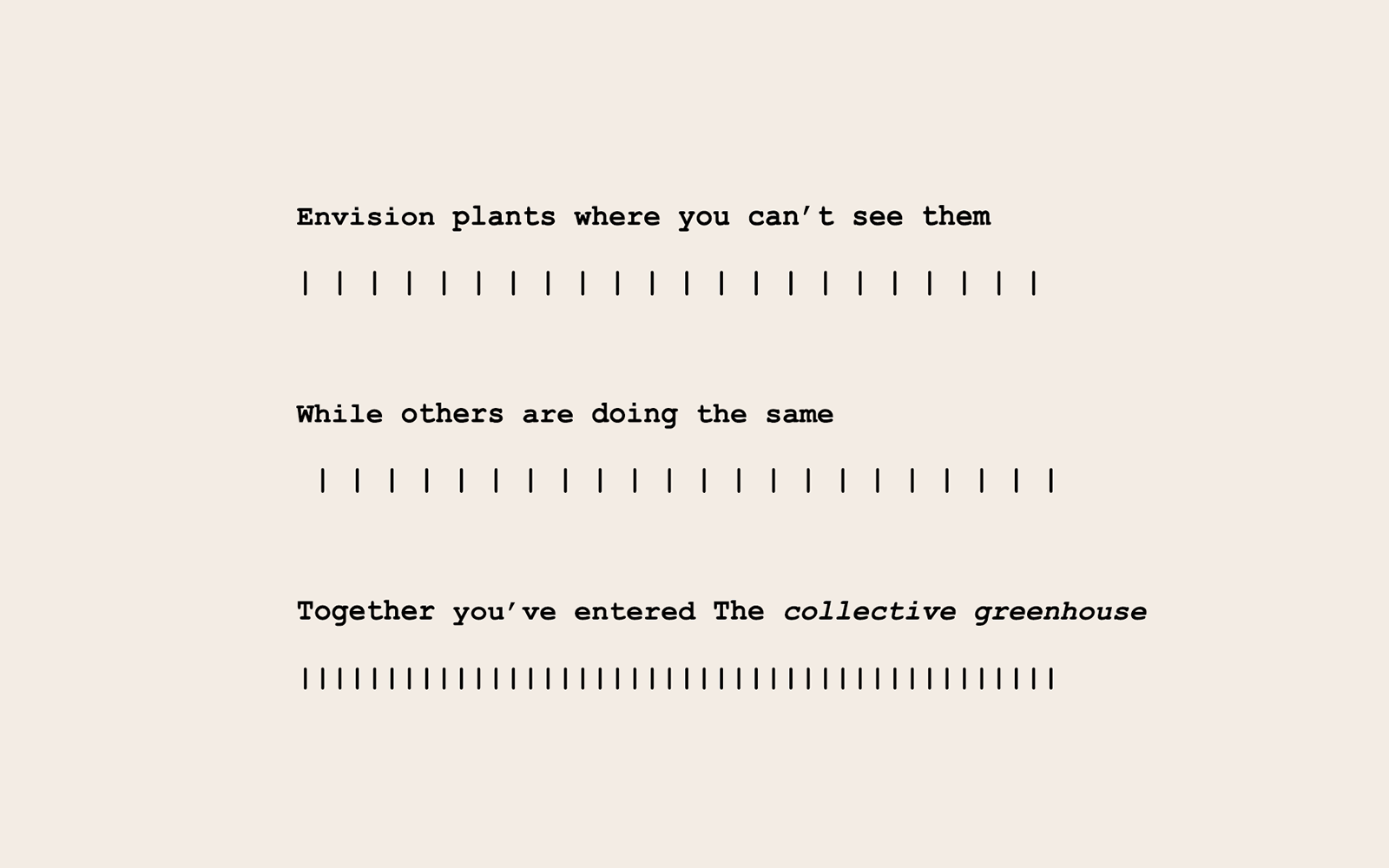
“A lot of the protocols seem to be wrapped around each other, DeFi wrapped around DeFi wrapped around DeFi—all the way down. And it’s hard to figure out exactly what the application is for people outside the space.”
The latest in his Pulse series of heartbeat-synched light works, Rafael Lozano-Hemmer’s Pulse Topology premieres at Kansas City’s Kemper Museum of Contemporary Art. For the first time, the Mexican-Canadian artist integrated touchless photoplethysmography (PPG) sensors that use computer vision to detect visitors’ heartbeats. Another first: the use of LED filament light bulbs that lower the installation’s energy footprint while allowing for greater scale—instead of 100–300 bulbs, Pulse Topology is made of 3,000.
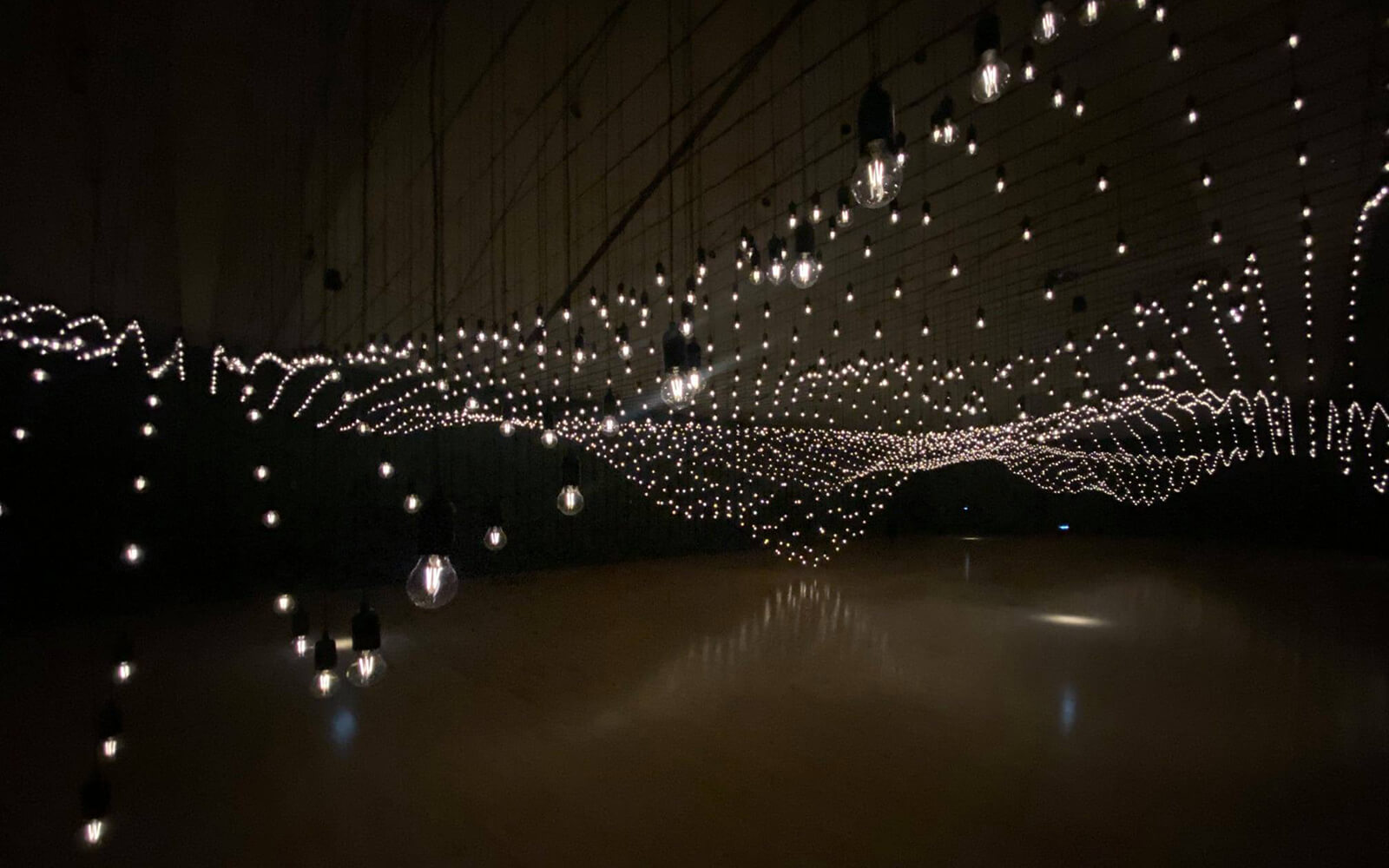
A loose response to MoMA’s iconic 1970 “INFORMATION” exhibition, “INFORMATION (Today)” opens at Kunsthalle Basel, examining how AI, digital currencies, and data harvesting—all products of 21st-century capitalism—drive post-truth proliferation. To illuminate “data’s nebulous modes of circulating,” curator Elena Filipovic gathered works by Sondra Perry, Trevor Paglen, Sung Tieu, as well as new commissions including Simon Denny’s Economist Chart NFT and American Artist’s Veillance Caliper (Annotated) (image).
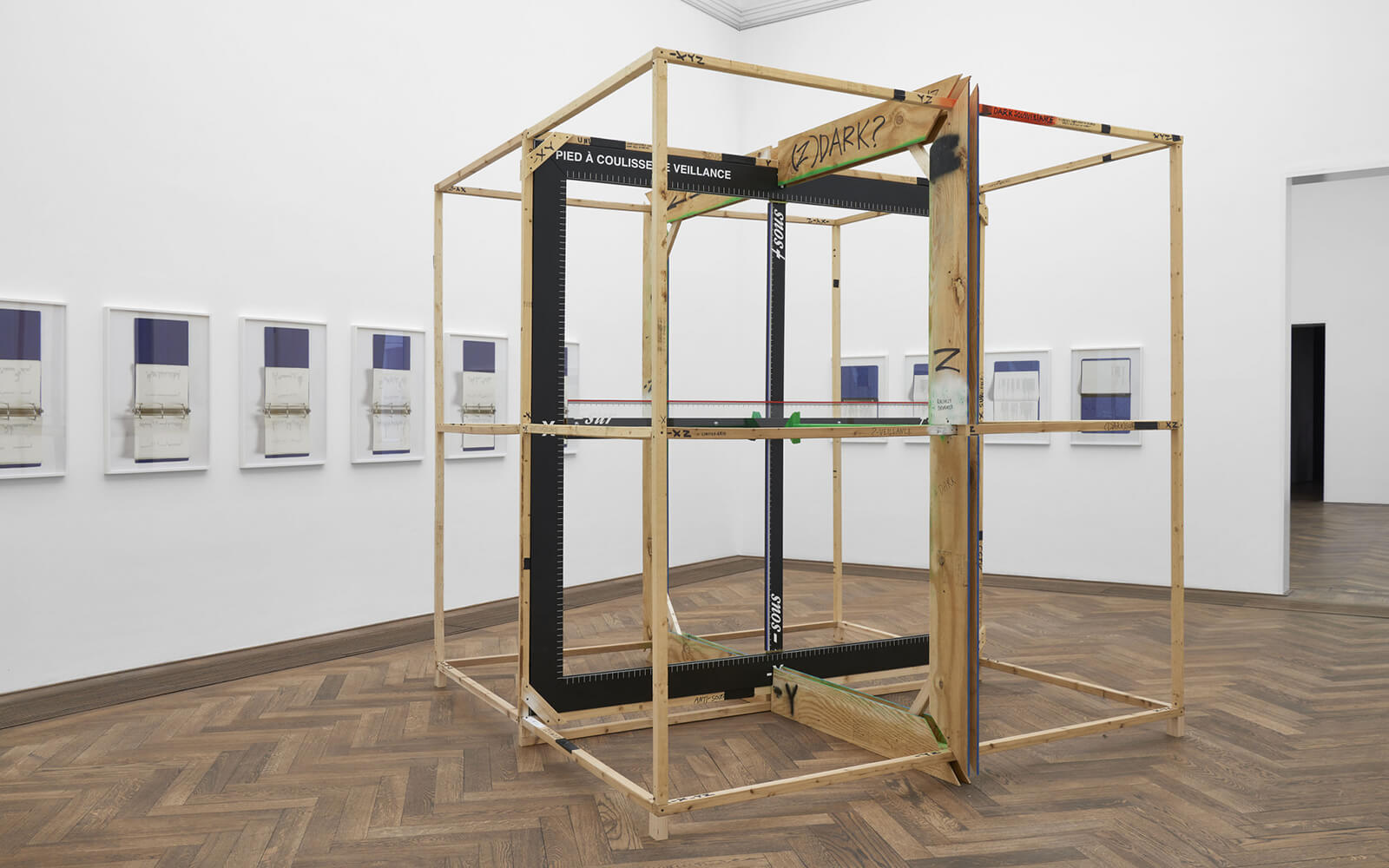
Showcasing a series of pen plotter drawings, Travess Smalley’s “Pixel Rugs” opens at Arcade on Stadium in Provo, Utah. Produced in Photoshop and then output to a plotter armed with a black ballpoint pen (imperfectly) printing to cream cardstock, Smalley, a self-described maker of “generative image systems,” frames the resulting dense hypnotic grids of orthogonal blotches, arrhythmic jazzy tile forms, and amorphous diamonds seemingly melting into one another as “like a punch card weaving … like a game asset … like a rug in my Minecraft house.”
“In order to fuck with profit, you have to understand your own role in the circulation of capital. You have to confront how profit is produced. In this way, sabotage reveals where value comes from: the worker.”
A bestiary of post-anthropocenic creations curated by Charles Carcopino, “Hyper Organisms” opens at iMAL, Brussels. In assembling objects, installations, prints, and video works by twelve artists including Jonathan Pêpe, Katherine Melançon, Ryoichi Kurokawa, Doug Rosman, Justine Emard, and Ujoo + limheeyoung (image: Machine with Pink, 2019), Carcopino looks for hope in the dramatic acceleration of technology and examines how species—natural or artificial—may influence and nourish one another.
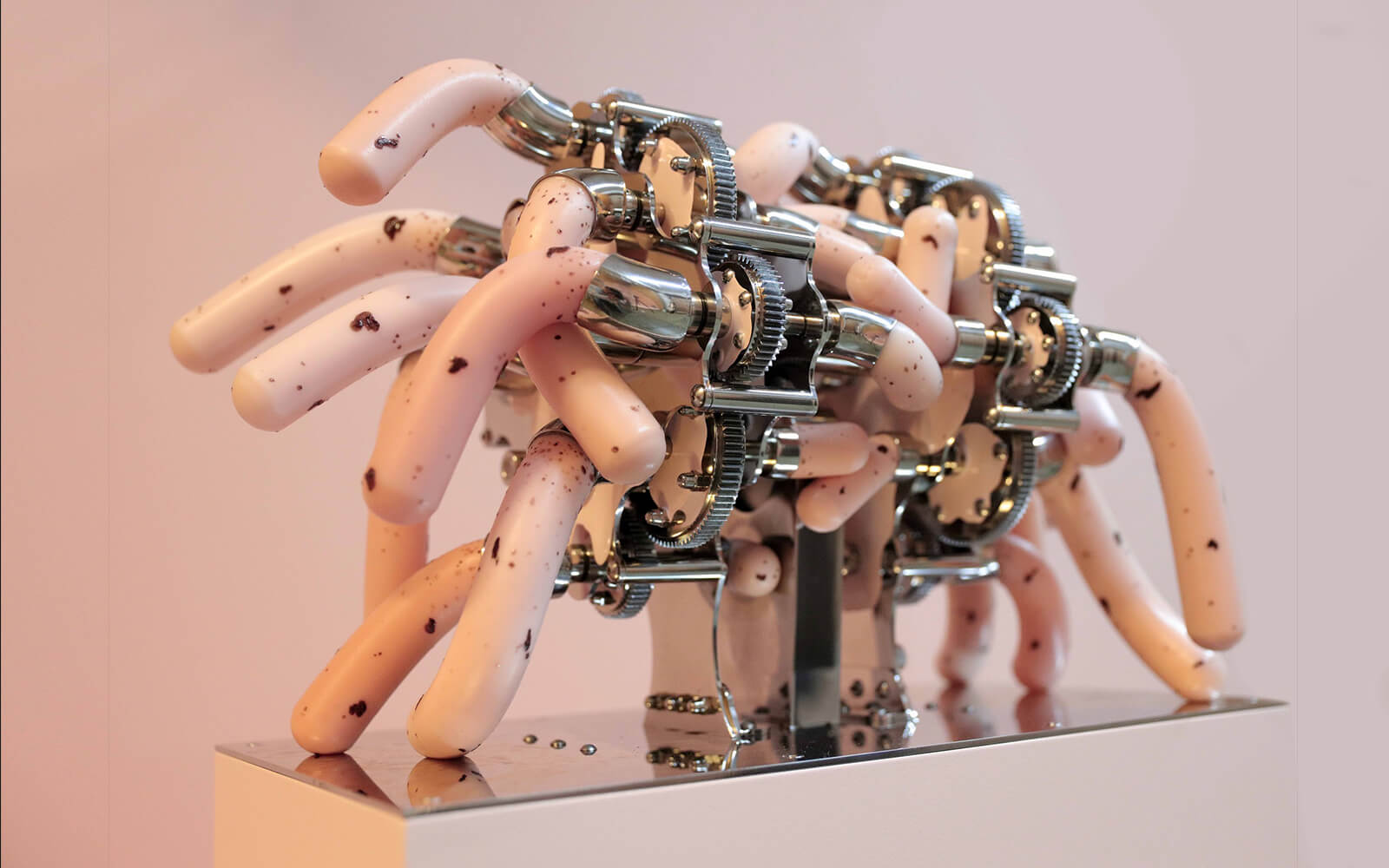
Curated by Mirena Papadimitriou, “You and AI: Through the Algorithmic Lens” opens in Athens, featuring Memo Akten, Algorithmic Justice League, Stephanie Dinkins, Jake Elwes (image: Zizi—Queering the Dataset, 2019), and others, in Pedion tou Areos Park. Noting the site’s past use for military training, Papadimitriou frames the show as rebuffing algorithmic systems “starting out in the social networking sphere and ending up instruments of power and coercion,” returning them to service of the common good.
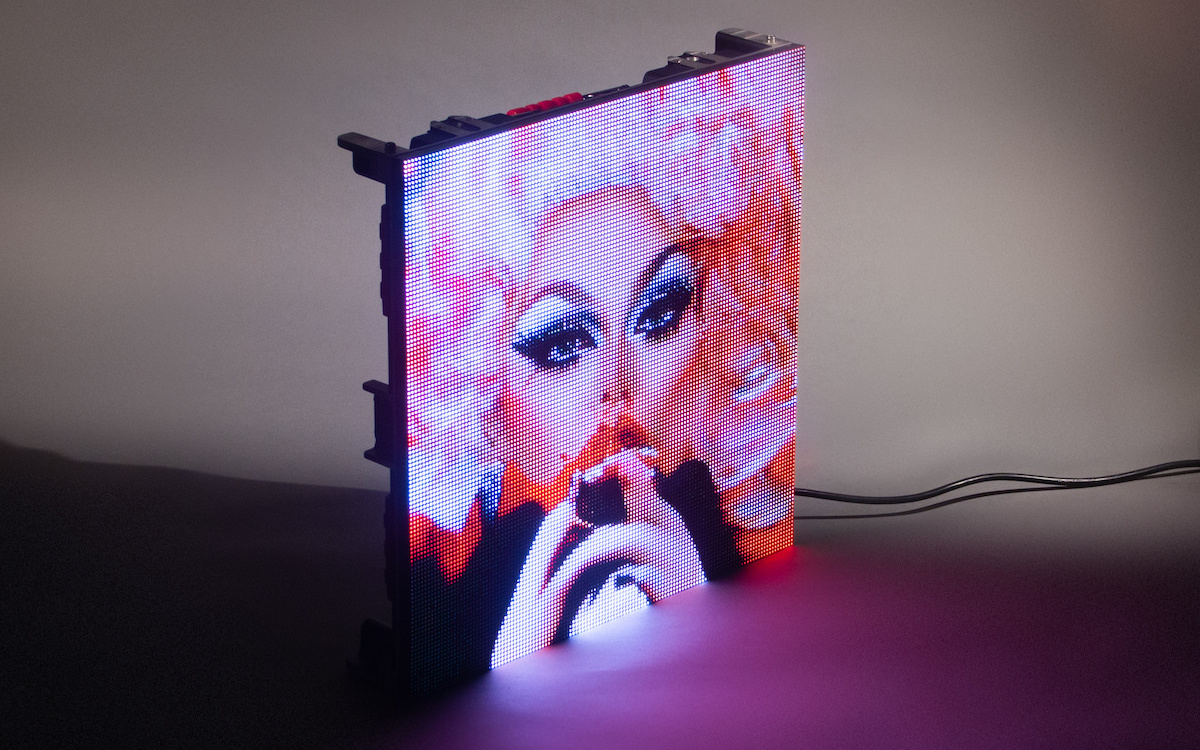
“I’m not even selling the source code. I’m selling a picture that I made, with a Python programme that I wrote myself, of what the source code would look like if it was stuck on the wall and signed by me.”
First unveiled in March, the Bank of England’s newly-designed £50 note featuring the portrait of Alan Turing enters circulation. Coinciding with what would have been his birthday, the note celebrates the computer pioneer and wartime codebreaker who helped accelerate Allied efforts to read German Naval messages enciphered with the Enigma machine, shortening World War II. The note also promotes diversity, recognising Turing’s appalling treatment by the state for being gay. After being arrested and convicted for gross indecency, he committed suicide in 1954.
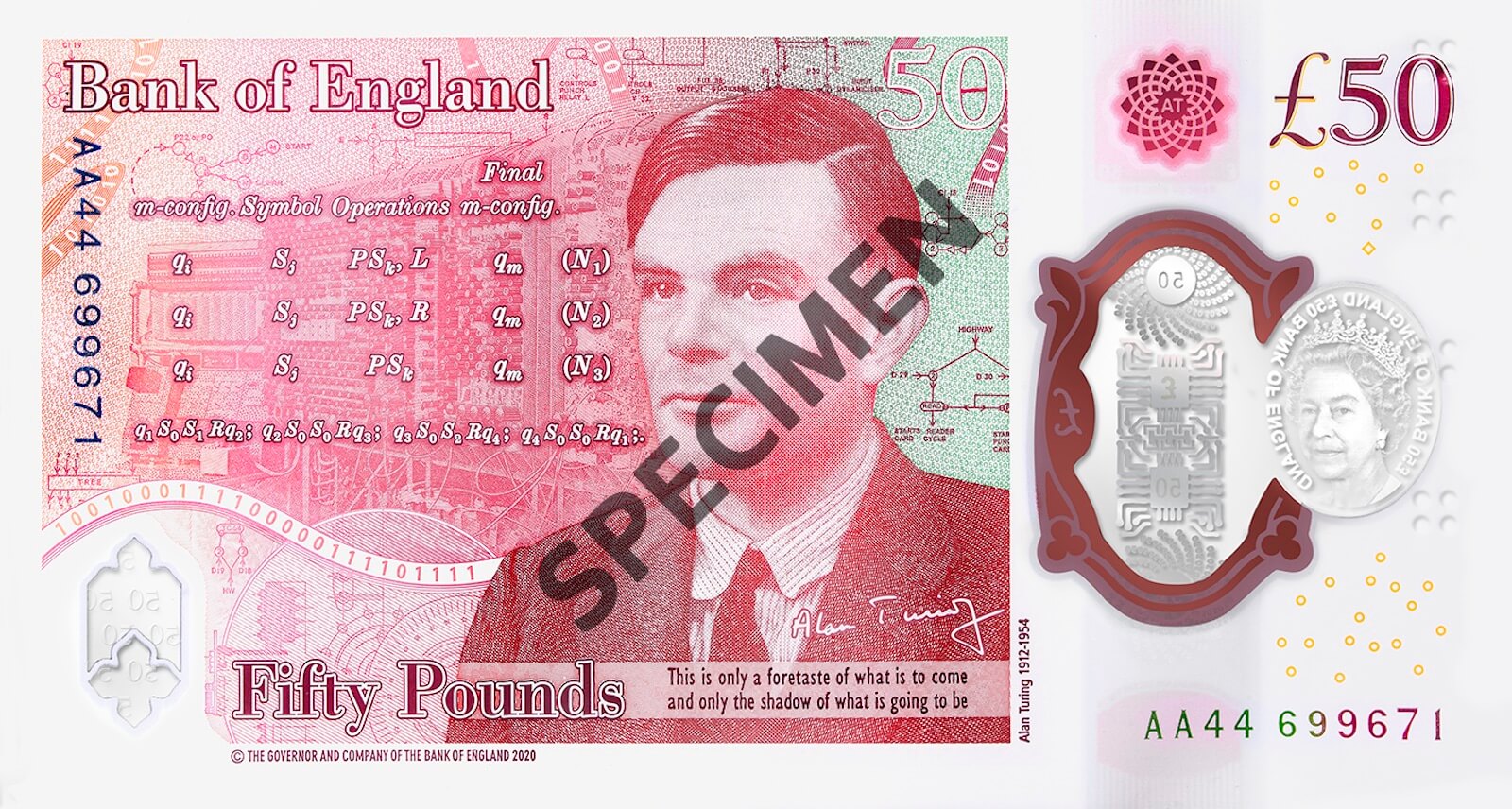
“Life on Earth can recover from a drastic climate shift by evolving into new species and creating new ecosystems … humans cannot.”
LABORATORIA Art&Science Foundation opens its new exhibition space in the West Wing of Moscow’s New Tretyakov Gallery with “May the other live in me,” a group show bridging techno- and ecosphere curated by LABORATORIA founder Daria Parkhomenko. Assembling works by Marina Abramović, Agnes Meyer-Brandis, Ralf Baecker, Jenna Sutela, Saša Spačal, ::vtol::, and others, the exhibition navigates the increasingly complex community of “living beings, technical systems, and hyperobjects” that, together, shape the modern world.
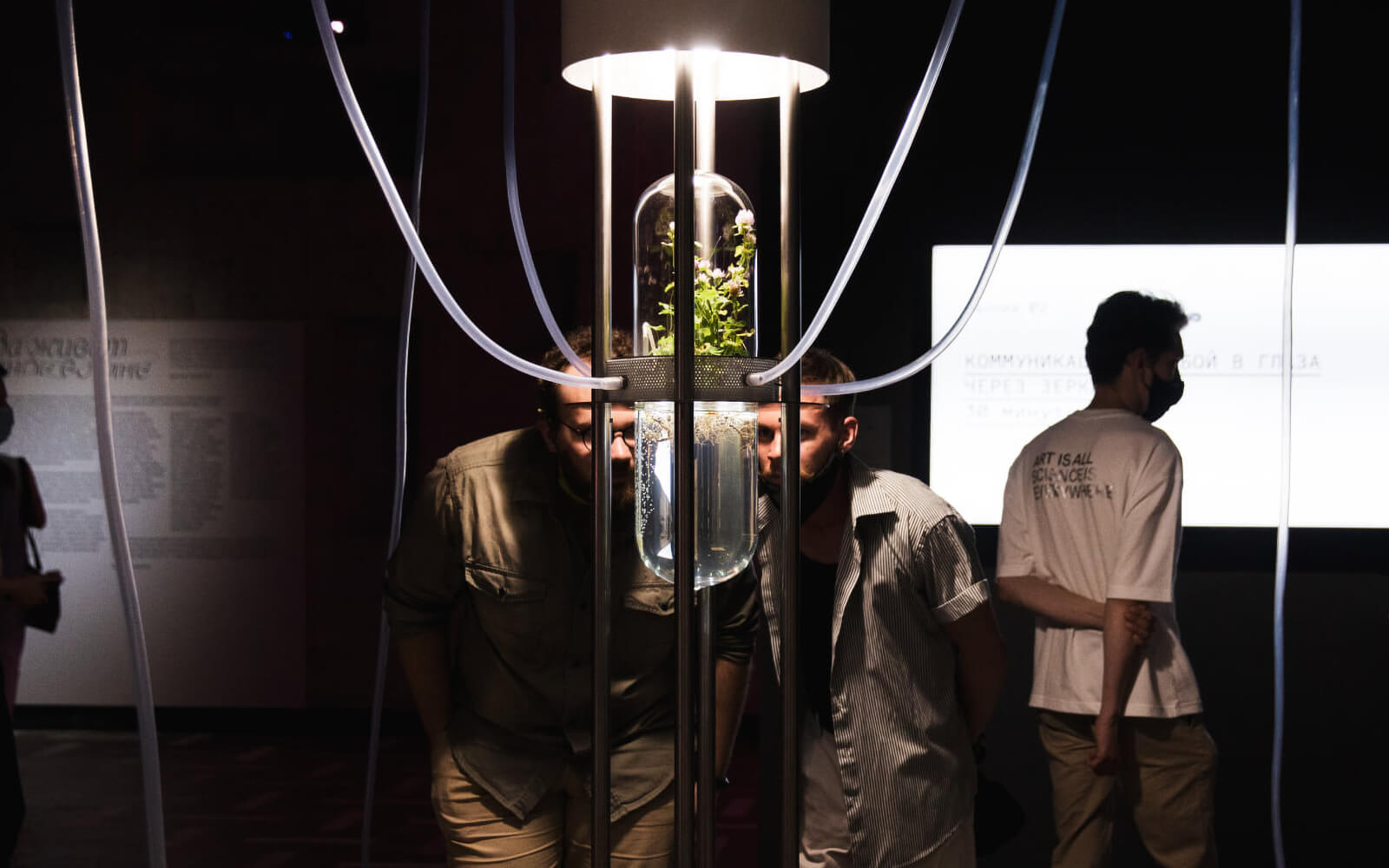
Daily discoveries at the nexus of art, science, technology, and culture: Get full access by becoming a HOLO Reader!
- Perspective: research, long-form analysis, and critical commentary
- Encounters: in-depth artist profiles and studio visits of pioneers and key innovators
- Stream: a timeline and news archive with 1,200+ entries and counting
- Edition: HOLO’s annual collector’s edition that captures the calendar year in print
